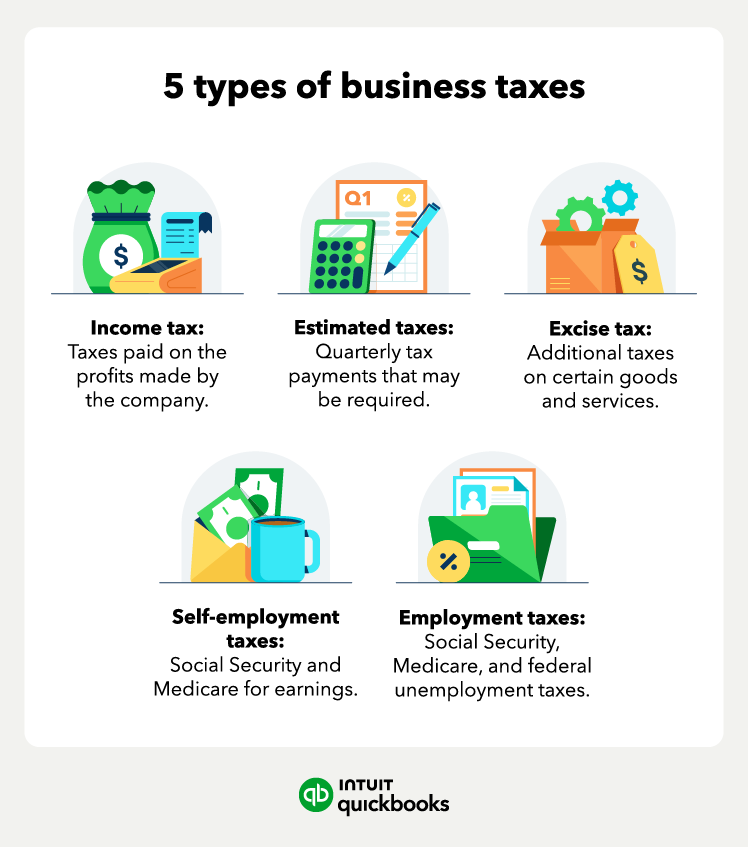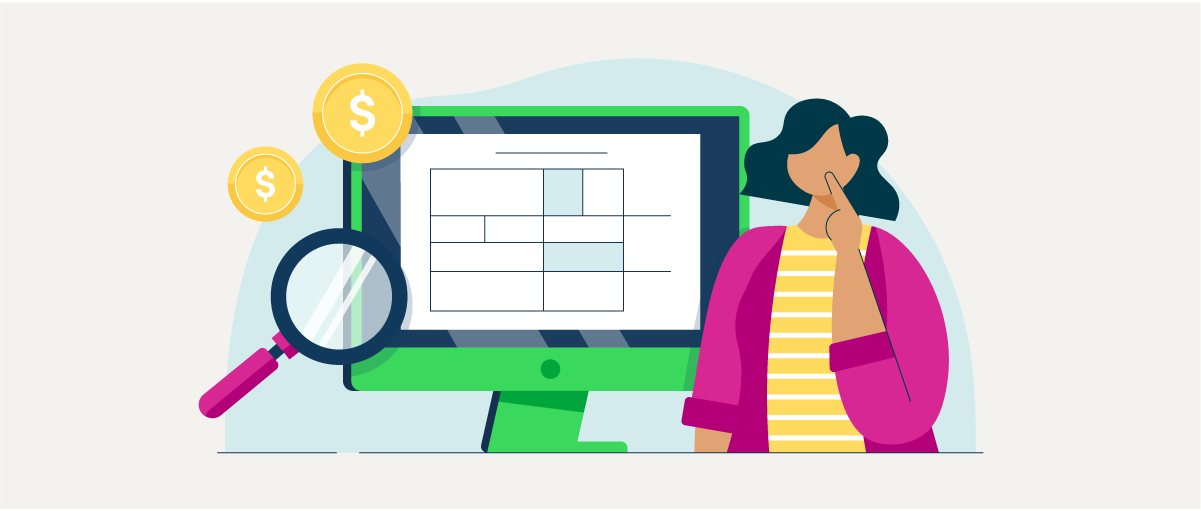Find peace of mind come tax time
Running a business can be stressful, but filing taxes doesn’t have to be. This small business tax preparation checklist can help save precious time you’d be spending navigating complex state tax, sales tax, and employment issues, so you can put that time back into your business.
With small business tax planning software like QuickBooks, you can find all necessary documentation in one place for a more seamless tax preparation process. Enjoy the peace of mind that proper tax preparation and compliance brings by applying these essential steps in 2025 and beyond.
Disclaimers
*Intuit Assist and certain other AI features and functionalities are currently available at no additional cost to certain QuickBooks users. Pricing, terms, conditions, special features, and service options are subject to change without notice. Intuit reserves the right to discontinue the feature at any time for any reason in its sole and absolute discretion.
*QuickBooks Live Tax, powered by TurboTax, is an integrated service available with a QuickBooks Online subscription. Additional terms, conditions, and limitations apply. Pay when you file.
**QuickBooks Live Bookkeeping Guided Setup is a one-time virtual session with a Live Bookkeeper. Available to new QuickBooks Online Simple Start, Essentials, Plus, or Advanced subscribers who are within their first 30 days of their subscription. The QuickBooks Live Setup service includes instructions on how to set up your chart of accounts, customize invoices, set up reminders, and connect bank accounts and credit cards. QuickBooks Live Setup does not include Payroll setup or services. Your bookkeeper will only guide you through the setup of your QuickBooks Online account, and cannot set it up on your behalf.
Terms and conditions, features, support, pricing, and service options subject to change without notice.
We provide third-party links as a convenience and for informational purposes only. Intuit does not endorse or approve these products and services, or the opinions of these corporations or organizations or individuals. Intuit accepts no responsibility for the accuracy, legality, or content on these sites.













 Failing to comply with sales tax regulations can result in penalties and interest. Familiarize yourself with your state's specific requirements or consult a tax professional to ensure you're collecting and remitting sales tax correctly.
Failing to comply with sales tax regulations can result in penalties and interest. Familiarize yourself with your state's specific requirements or consult a tax professional to ensure you're collecting and remitting sales tax correctly.





